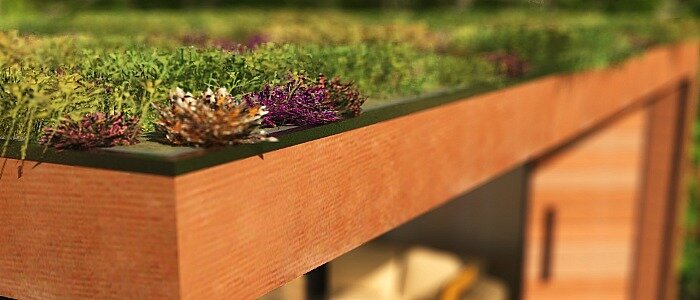9th August 2011

David Spittles from the Independent says: you don’t need to compromise on design when opting for an eco-friendly home.
“As soaring fuel bills force homebuyers to act
green, many movers are opting for the lower running costs of a
new-build property which, on average, are
six times more energy-efficient than older homes. The message coming through is that you do not have to compromise on comfort, style and luxury, or even pay a premium, for a low-energy new home that offers a
better, cheaper lifestyle.
Green design has entered the mainstream housing market, with most developers leaning towards contemporary architecture and utilising hi-tech factory production.
All new-builds are covered by the Government's Code for
Sustainable Homes, a green standard that works on a points system and grades properties on a scale of one to six, using criteria such as water-saving features and on-site power generation, from solar panels to mini wind turbines and ground source heat pumps. Level six is the top rating and requires all energy supplied to come from zero-carbon sources…”
Source: Green house effect: You don't have to compromise on design when opting for an eco-friendly home - The independent.
Our sustainable yet contemporary
Garden Rooms, Homes and Granny Annexes are a prime example of this. Right from the initial
drawings we approach our design with
sustainability running in parallel with
aesthetics. Whether you are considering a guest house for friends+family, an annex to accommodate parents or an entertainment hub to throw the perfect dinner party, we at
in.it.studios have the perfect eco-solution.
Our
architectural and
manufacturing background allows us to build functional garden studios with aesthetics and green-living at the forefront of design. Green
sedum roofs are zero-maintenance blankets with a number of eco-
properties, western red cedar
cladding sourced from accredited schemes (FSC or PEFC) provide an attractive yet weatherproof finish and our
timber
-framed windows and doors are a more eco-friendly solution to aluminium or PVC.
So to reinforce what David Spittle says, you don’t need to compromise on design when opting for an eco-friendly home!